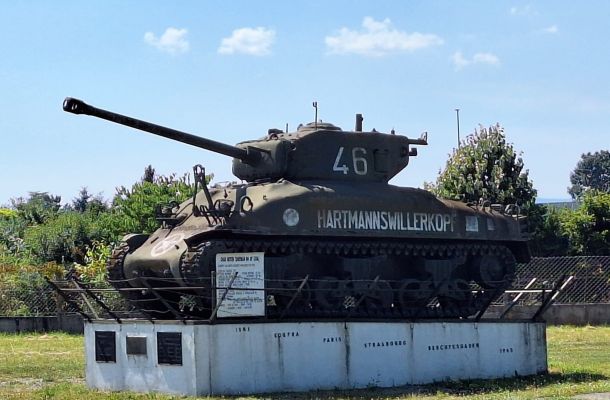The door opened, and the French soldiers came out. One instinctively grabbed a grenade a German threw. It exploded, and he died instantly. The others took a few steps, and fell to the ground dead. Their uniforms, and 'skin' had been burnt off, and upon 'contact' with the outside air, went into 'fatal' shock.
The Germans, unsure what had just happened, held their fire for a moment. One soldier, shaking, lowered his rifle as the smoke cleared. The bodies on the ground didn’t look human anymore — charred, featureless forms twisted in agony. It wasn’t the grenade that killed them. It was something else. Something in the air, or perhaps in the door they had just opened.
Later reports would reveal that the bunker had been sealed for weeks under extreme chemical conditions. A mishandled internal defense mechanism — likely a gas-based deterrent or experimental compound — had saturated the chamber. Inside, the French soldiers had grown used to it. But the sudden reintroduction of oxygen triggered a chain reaction — burning flesh, uniforms, and nerves within seconds.
The bunker remained sealed afterward. No one dared approach it without full protective gear. Even the German command labeled the incident “anomalous” and banned further entry. Local villagers spoke of the cursed door at Marckolsheim — a place where even the air could kill, and silence returned faster than the gunfire ever could.
